Welcome to the vibrant and diverse world of Brazil, a country renowned for its Carnival, samba, and football! But did you know that Brazil’s national identity is also deeply intertwined with a tree? Yes, you heard it right—a tree!
Meet the Pau-Brasil, the national tree of Brazil, a symbol so central to the nation’s history and culture that the very name of the country was derived from it.
Have you ever wondered why the color “Brazilian Red” was so famous during the Renaissance? Get ready to discover the tree that was once as valuable as gold for its red dye, and learn about its multi-faceted significance—from history and economics to symbolism and conservation.
Discover The Pau Brasil, the National Tree of Brazil
The Pau Brasil (Paubrasilia echinata), a symbol as rich in history as it is in color, is not just a tree but a national icon. Belonging to the legume family, this mesmerizing tree stands out with its greenish-brown bark and bright yellow flowers.
It can grow to be between 10 and 15 meters (approximately 33 to 49 feet) in height. The leaves are compound, bearing multiple leaflets that form an elegant arrangement.
But it’s not just about aesthetics with the Pau Brasil. Cut into its trunk, and you’ll find a bright red sap that has historically been used for dye.
This sap’s color resembles that of burning charcoal, or “brasa” in Portuguese, which is how the tree—and eventually the country—got its name. The timber of this tree is highly prized and is specifically used for making bows for string instruments like violins and cellos.
Where Does the Pau Brasil Grow?
Pau Brasil was originally abundant along the coastal forests of Brazil, from the state of Bahia down to Rio de Janeiro. Unfortunately, deforestation has reduced its natural habitat significantly. The tree prefers tropical climates and is quite adaptable, though it fares best in well-drained soils.
Due to the rapid loss of its natural habitat, the Pau Brasil is now primarily cultivated as an ornamental tree or as part of specific reforestation projects. The coastal forests, once teeming with these trees, have been reduced in some areas to as low as five percent of their original extent.
So, next time you’re sipping on a Caipirinha, enjoying the Brazilian beaches or grooving to the beats of Samba, remember that the roots of this incredibly diverse nation go deep—right down to the Pau Brasil tree.
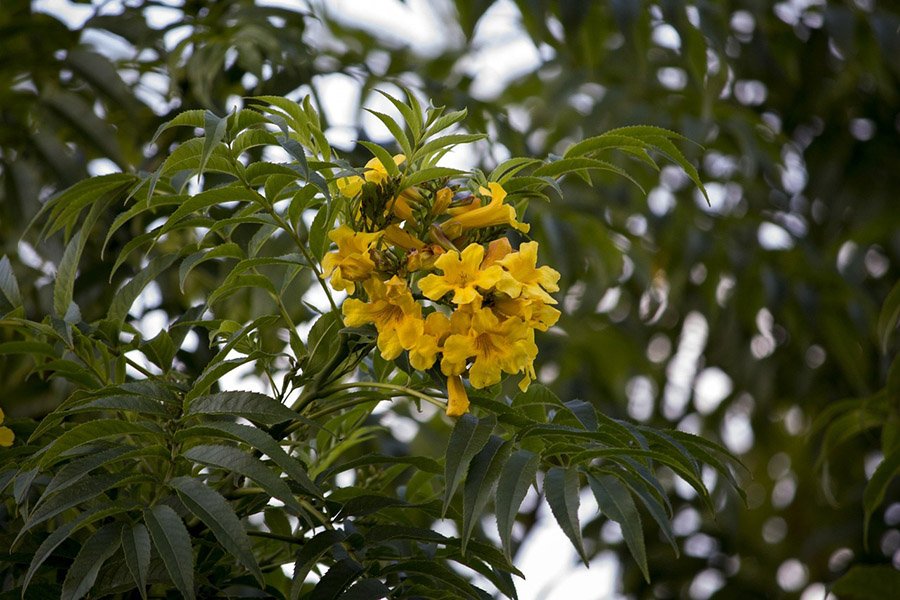
The Pau Brasil in the Ecosystem
You might think that a tree known primarily for its timber and dye wouldn’t have much of an ecological role, but you’d be mistaken.
The bright yellow flowers of the Pau Brasil are pollinated by a variety of insects, ensuring the tree’s ability to reproduce. These flowers also provide nectar for birds and insects alike, acting as a crucial food source during its blooming season.
Though not the primary food source for any specific animal, the tree’s leaves and seeds serve as food for some local fauna, contributing to the overall health and balance of the ecosystem. By being part of reforestation projects, the Pau Brasil also helps in soil stabilization and serves as a carbon sink, aiding in climate regulation.
Why and When Did The Pau Brasil Become The National Tree of Brazil?
You may already know that the name Brazil comes from this very tree, but the story goes deeper than that. The Pau Brasil holds immense historical and cultural significance for the country.
When Portuguese explorers first landed in Brazil, they found the coastal forests filled with this tree. Its red sap, which was used for dyeing cloth, quickly became an important export and laid the economic foundation for the Portuguese colony.
In light of its historical importance and its enduring cultural symbolism as a representation of Brazilian identity, the Pau Brasil was declared the national tree of Brazil. However, it wasn’t without controversy.
The tree has been heavily impacted by deforestation, largely for cattle ranching, sugar cane, and eucalyptus plantations. Additionally, the high market price for violin bows made from its timber has led to selective cutting, posing challenges to its conservation. These factors make the tree’s status as a national symbol both a point of pride and a reminder of the environmental costs of economic progress.
And so, the Pau Brasil stands not just as a beautiful piece of nature, but as a complex symbol, woven into the very fabric of Brazil’s vibrant culture and troubled environmental history.
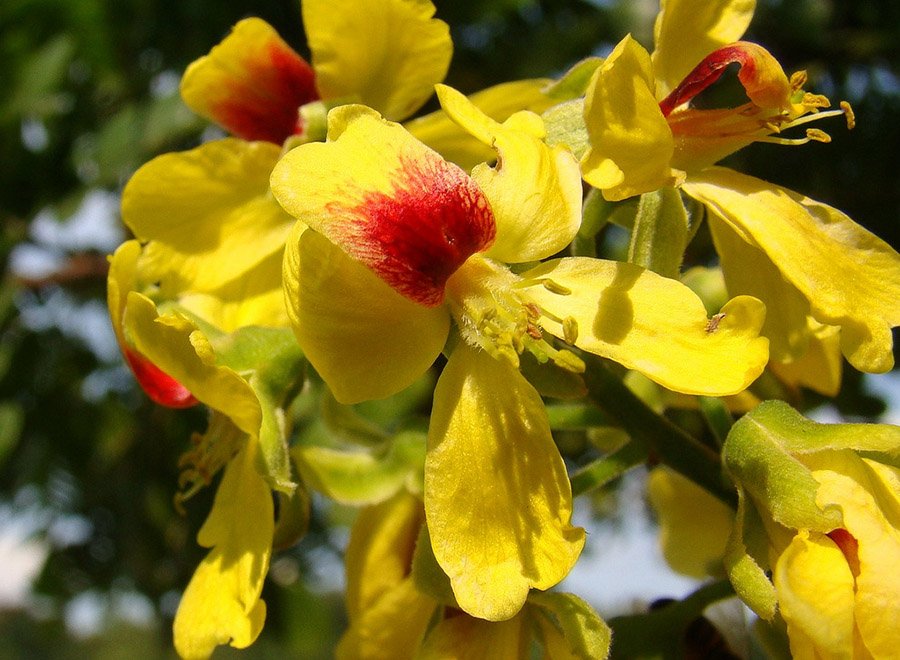
Where is the Pau Brasil Featured in Brazil?
The Pau Brasil may not appear on the national flag or on Brazilian banknotes, but its significance is celebrated in various other ways. You can often find it prominently featured in local art and music, symbolizing the nation’s rich cultural heritage.
Additionally, it’s a popular choice for public and private gardens and is frequently used in reforestation projects, standing as a living monument to Brazil’s commitment to environmental restoration.
Names of the Pau Brasil
Known scientifically as Paubrasilia echinata, the tree has gone through various taxonomic changes throughout the years. Previously, it was classified as Caesalpinia echinata, but the name was updated to better reflect its unique characteristics and its national importance.
In Brazil, the tree is commonly referred to as “Pau Brasil,” but it also has several folk names such as “Ibirapitanga” and “Orabutã.” Internationally, it’s often called the Brazilwood tree. The name “Pau Brasil” is itself intriguing, as “Pau” translates to “wood” and “Brasil” comes from “brasa,” meaning ember, referring to the red dye that can be obtained from its sap.
Interesting Facts About The Pau Brasil
- Economic Catalyst: The dye extracted from Pau Brasil was among Brazil’s first export products and significantly influenced the early economy of the nation.
- Musical Connection: The wood of Pau Brasil is highly prized for making bows for string instruments like violins and cellos.
- Conservation Efforts: Due to its endangered status, numerous conservation projects aim to protect and reintroduce Pau Brasil to its natural habitats.
- Symbolic Duality: The tree is both a symbol of Brazilian identity and a poignant reminder of the environmental degradation that has taken place in the country.
- Cultural Reverence: Beyond its physical attributes and uses, the Pau Brasil often features in local myths, stories, and songs, enhancing its status as a cultural icon.
- Adaptability: Despite being native to the coastal forests, the tree has shown remarkable adaptability and can grow in a variety of soil types.
- Mutualistic Relationships: While not its primary role, the tree does participate in nitrogen fixation, benefiting the soil and plants around it.
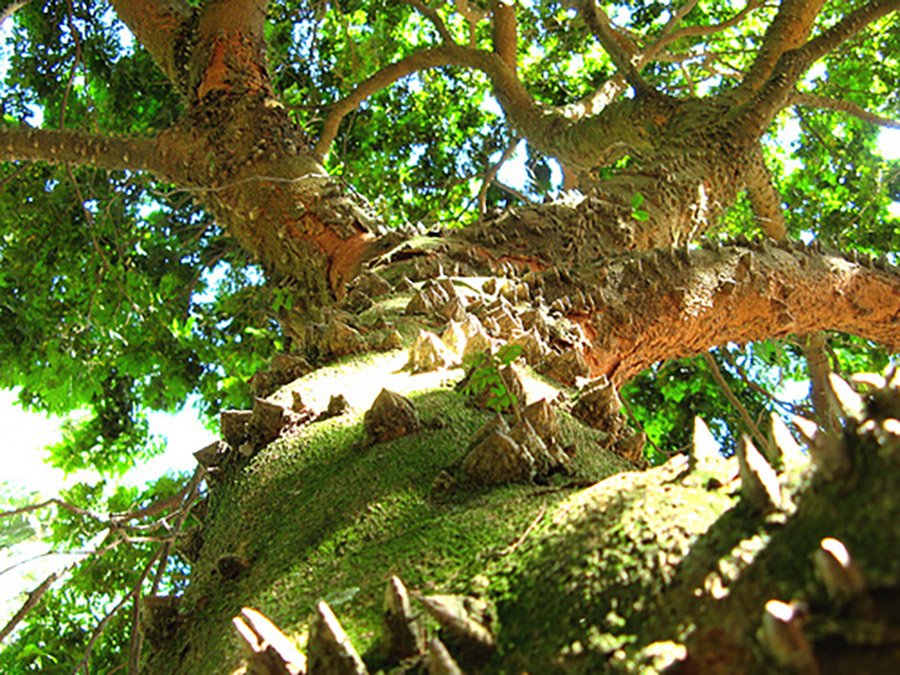
Other Beautiful Trees Native To Brazil
- Jequitibá (Cariniana legalis): Known for its towering height and massive trunk, this tree is one of the largest in Brazil and plays a significant role in native folklore.
- Ipê-Amarelo (Handroanthus albus): Famous for its bright yellow flowers, this tree is another iconic representation of Brazil’s lush landscapes.
- Açaí Palm (Euterpe oleracea): The fruit of this tree is a staple in Brazilian cuisine and has become popular globally as a “superfood.”
- Guapuruvu (Schizolobium parahyba): This fast-growing tree is often used in reforestation projects and its wood is commonly used in construction.
- Seringueira (Hevea brasiliensis): Known as the rubber tree, it has played an essential role in the Amazon’s history, being the source of natural rubber.
What Is The National Flower of Brazil?
The national flower of Brazil is the Golden Trumpet (Handroanthus albus), known for its striking yellow flowers that blanket the tree during the blooming season. Like the Pau-Brasil, the Golden Trumpet is a symbol of the country’s incredibly rich biodiversity.
The golden-yellow blossoms not only captivate the eyes but also play an essential role in local ecosystems, attracting a variety of pollinators. In contrast to the Pau-Brasil, which is a symbol deeply embedded in Brazil’s historical and economic narrative, the Golden Trumpet stands as a testament to the natural beauty and ecological richness of the country.
Frequently Asked Questions
Why is the Pau Brasil the National Tree of Brazil?
The Pau Brasil is not only a historically significant tree but also symbolic of Brazil itself. Its economic importance during Brazil’s early history and its cultural significance make it a fitting emblem.
Is the Pau Brasil Endangered?
Yes, the tree is classified as endangered due to extensive deforestation and selective cutting for its valuable wood.
Can Pau Brasil Be Cultivated?
The tree is being cultivated in controlled environments as part of reforestation efforts and can also be grown ornamentally.
How Is Pau Brasil Used in Music?
The wood of Pau Brasil is highly valued for crafting bows for string instruments like violins and cellos.
What Other Symbols Are Important in Brazil?
Aside from the Pau Brasil tree and the Golden Trumpet, the national bird of Brazil is the Rufous-bellied Thrush, known locally as Sabiá-Laranjeira. It’s known for its beautiful song and is frequently referenced in Brazilian literature and music.
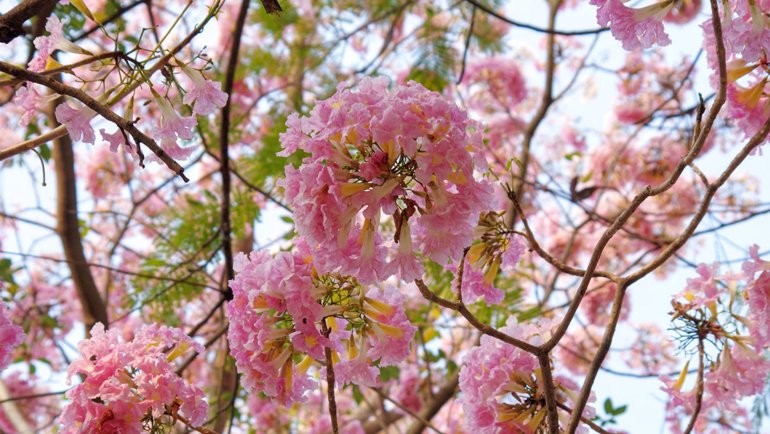
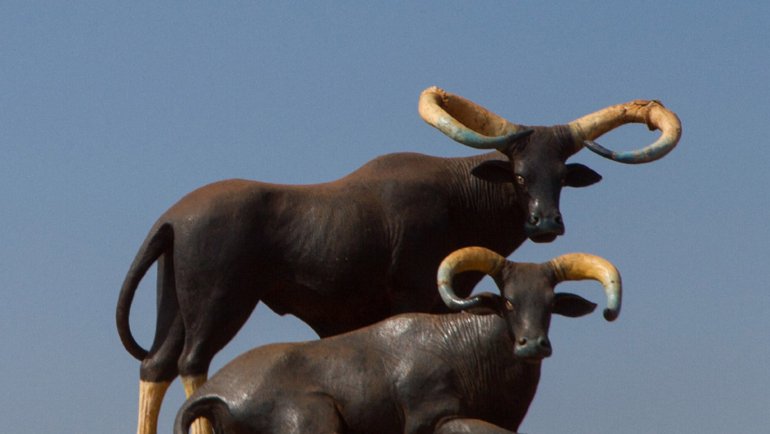

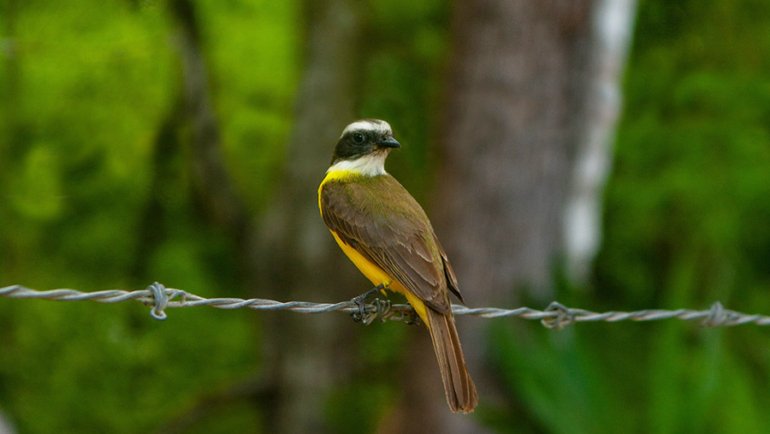
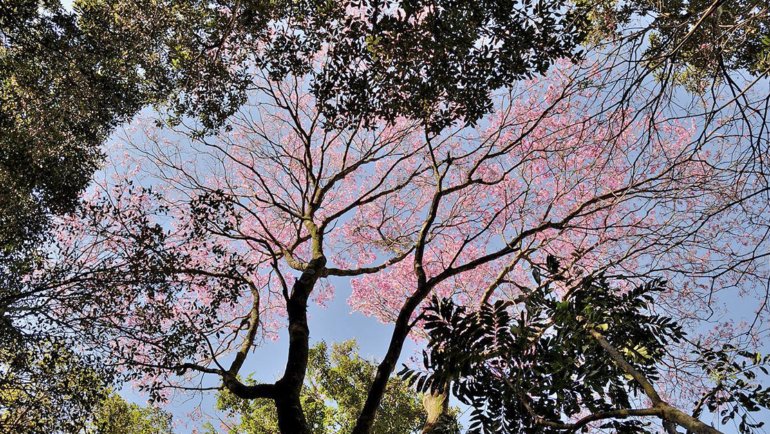

2 Comments
Jody Hodges
Will these grow in tennessee and can you buy seeds or cuttings?
Julien
It is a tropical species but you can try finding seeds online and grow one indoors!